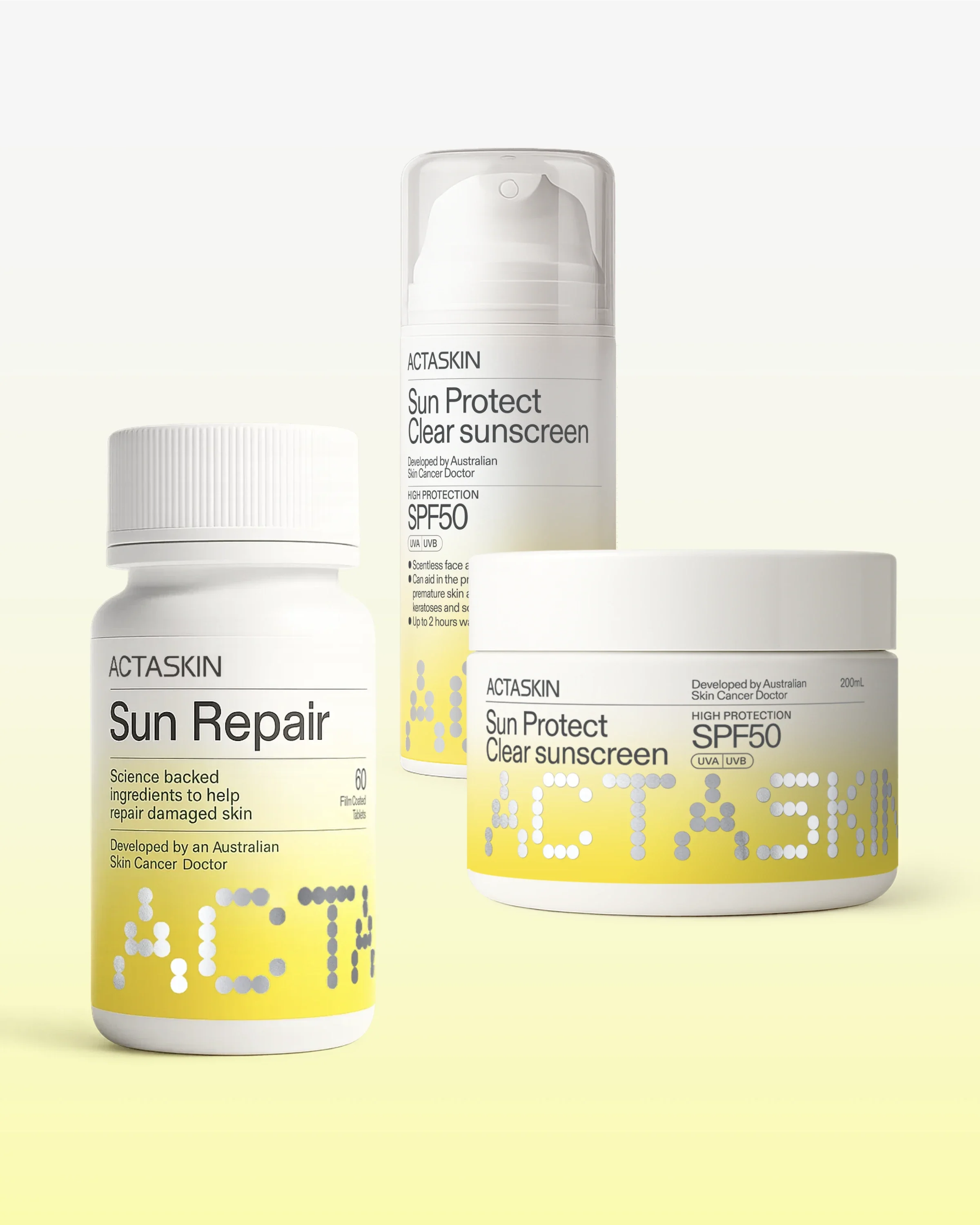As a skin cancer specialist, I’ve seen firsthand the devastating impact of melanoma. Australia holds the grim title of having the highest melanoma rates in the world, often called 'Australia’s national cancer.' But here’s the thing—melanoma is largely preventable. The science is clear, and the solutions are simple.
The Stark Reality of Melanoma in Australia
- In 2025 alone, an estimated 16,800 Australians will be diagnosed with melanoma.
- 1,300 Australians lose their lives to melanoma every year—one death every six hours.
- It’s the most common cancer in young Australians aged 20 to 39, striking in the prime of their lives.
But, Melanoma is curable if detected early
The Cause: UV Radiation
A staggering 95% of melanomas are caused by overexposure to ultraviolet (UV) radiation from the sun. That means nearly all cases are preventable with proper sun protection. UV radiation is what damages your skin’s DNA, leading to skin cancer. It’s also responsible for premature aging—wrinkles, sagging, and sunspots. If you’ve ever noticed the difference between sun-exposed skin and areas that rarely see the light of day, you’ll understand the impact.
So, what exactly is UV radiation?
The sun emits different types of energy: visible light (which we see), infrared (which we feel as heat), and ultraviolet (UV) radiation. UV radiation is divided into UV-A and UV-B:
- UV-B is the primary cause of sunburn and skin cancer.
- UV-A penetrates deeper, accelerating skin aging (photoaging).
- Both contribute to DNA damage, increasing skin cancer risk.
The UV index measures the intensity of UV radiation, and when it’s above 3, sun protection isn’t optional—it’s essential. You can check the UV index on the SunSmart app, your smartwatch, or through the Bureau of Meteorology.
Early Detection Saves Lives
When caught early, melanoma survival rates are exceptionally high. The difference between early detection and late-stage diagnosis is staggering:
- Stage 1: 99.2% survival rate
- Stage 2: 74% survival rate
- Stage 3: 61% survival rate
- Stage 4: 26% survival rate
That’s why regular skin checks and self-examinations are crucial. If you notice any changes in a mole—size, shape, colour, or texture—get it checked immediately.

Sun Protection: Simple, Effective, Lifesaving
Melanoma is preventable, and protecting yourself doesn’t have to be complicated, and it should be a non-negotiable part of your daily routine. Here’s how to do it right:
- Seek Shade: If the UV index is above 3, minimize direct sun exposure.
- Wear Protective Clothing: Long sleeves, wide-brimmed hats, and sunglasses make a difference.
- Apply a Broad-Spectrum SPF 30+ Sunscreen: It must protect against both UVA and UVB. In Australia’s harsh sun, SPF 30+ is the minimum recommendation.
- Skip the Tan: Tanning is your skin’s response to DNA damage. There’s no such thing as a safe tan—any change in skin colour means damage has already occurred. Protect your skin instead of deliberately harming it.
With the right habits, you can drastically reduce your risk. Australia’s melanoma crisis is real, but together, we can change the statistics—one sun-safe decision at a time.
Stay protected. Your skin will thank you.


